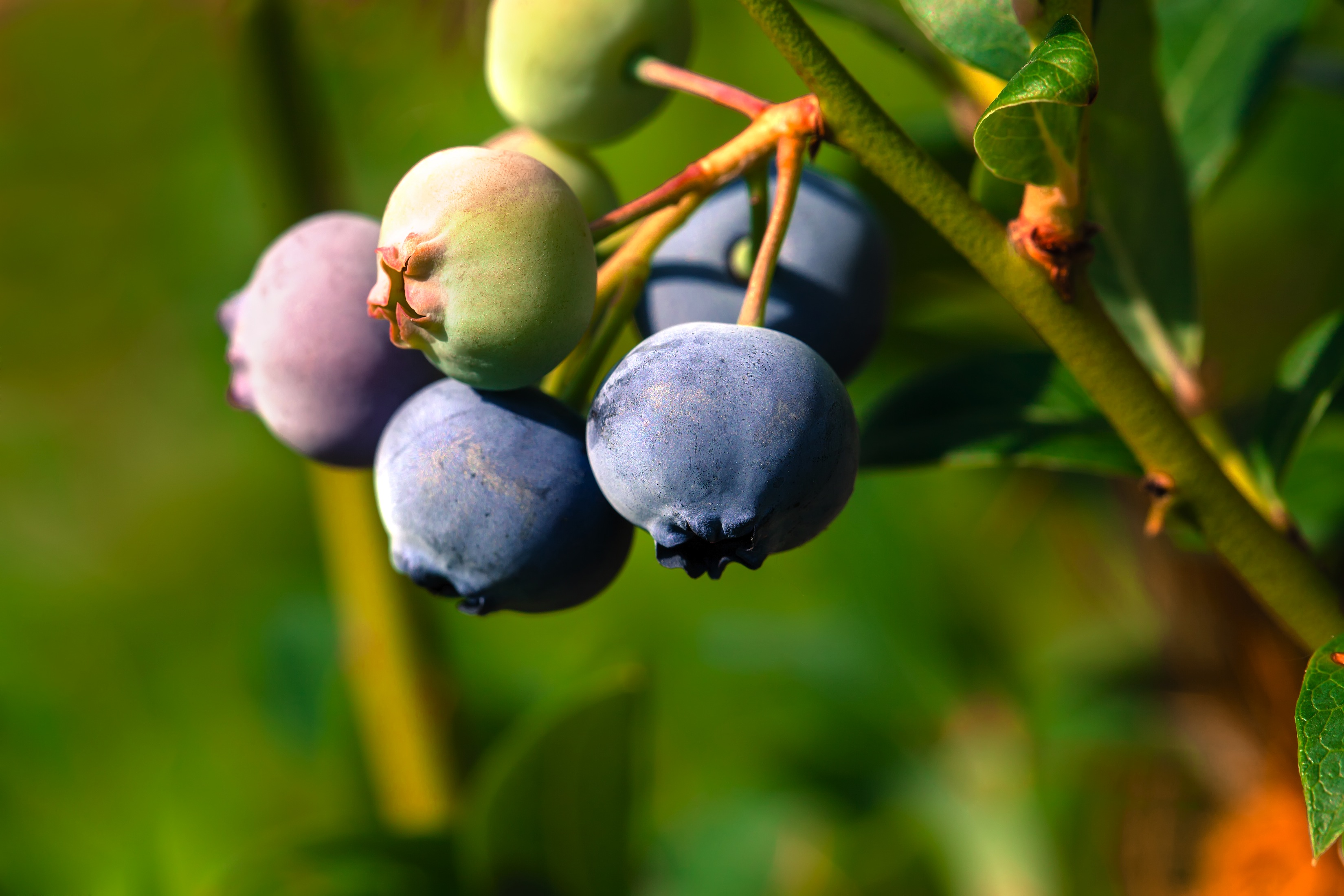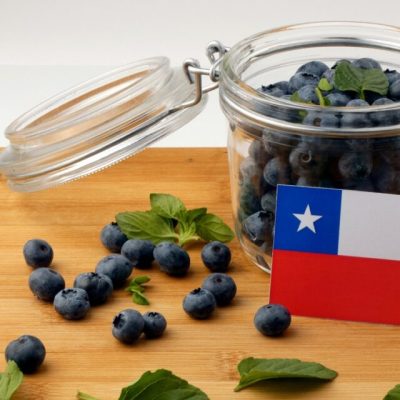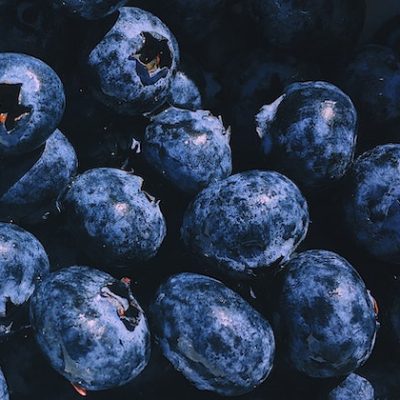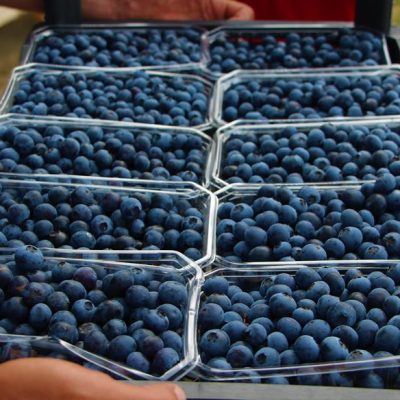How the New Jersey Pine Barrens became the world’s blueberry capital
New Jersey has a complex that is complex. Sprawled across a bridge in the state’s capital is a large neon sign that reads like a snarky un-welcome doormat: “Trenton Makes, the World Takes.” The slogan originally reflected Trenton’s economic power as a manufacturing city in the early 1900s. But nowadays, it perfectly sums up New Jersey’s attitude as a whole – that aside from giving America an easy punchline, we give a lot to the world with no recognition from outsiders. And one of New Jersey’s greatest gifts is the modern blueberry.
Most people don’t think of New Jersey as the world capital of anything aside from fist pumping and “bada bing-ing.” But if you look beyond the New Jersey Turnpike, past the smokestacks, strip malls, business parks and cookie cutter houses, you’ll see why the so-called “Armpit of America” goes by another name: “The Garden State”.
The legend goes that during the 1876 World’s Fair in Philadelphia, Attorney General Abraham Browning called New Jersey “The Garden State,” and the nickname stuck. But history has a funny way of romanticizing itself. The phrase actually appeared 15 years earlier in a South Jersey newspaper called the Camden Democrat and it wasn’t originally used to describe the entire state of New Jersey. Rather, it was used in a series of newspaper listings advertising farming opportunities in one of New Jersey’s most misunderstood regions — The Pine Barrens.
If you think it sounds bizarre starting a farm in a place with the word “barren” in its name, you’re not alone. Up until that point in history, this 1.1 million acre forest of evergreen trees in South Jersey was considered infertile. In fact, it was nicknamed “The Pine Barrens” by settlers who deemed the area’s sandy soil too acidic and porous to sustain traditional European agriculture. But in the 1800s persistent farmers found a way to harvest bountiful crops in The Pine Barrens’ harsh environment. One of those tenacious farmers was Elizabeth Coleman White, the mother of the blueberry we know and love today.
In 1908 White wrote a letter to Frederick Coville, a USDA botanist, asking for help in her mission to domesticate the wild blueberry. Most farmers at the time believed that the wild blueberry was too difficult to domesticate and would never be a profitable crop. But despite other farmers doubting the potential of the mighty blueberry, White did what every true Jersey Girl does when she’s told something can’t be done — she does it anyway.
It took several years of experimenting, but by 1912 the duo perfected what would become known as the highbush blueberry, a taller bush bursting with multiple yields of plump blueberries. But while conducting their research, White and Coville made another important discovery, one that would tie the blueberry even closer to the spirit of New Jersey and The Pine Barrens. Even though they can grow pretty much anywhere, blueberries thrive in acidic soil, and the oppressive nature of the New Jersey Pine Barrens was the perfect breeding ground.
Fast forward a century, and the blueberry industry is huge in New Jersey especially within the Pine Barrens. In 2016 New Jersey’s blueberry yield was more than 43 million pounds and it was valued at $59.4 million – and that was a bad year. Blueberries are also a point of local pride. Every June, during peak season, “U-Pick” farms are crowded with families stocking up on giant blueberries; small towns like Hammonton and Whitesbog throw blueberry festivals; wineries pump out blueberry wines and diners sell out of blueberry pies. And as the season comes to an end, disappointed groans can be heard in the produce aisle when locals can no longer find blueberries labeled “Jersey Fresh.”
I spent most of my childhood in the Pine Barrens, which has a unique and sometimes bizarre subculture that is often misunderstood. Locals refer to themselves as “Pineys,” and when they talk about living in the Pine Barrens their tone may sound like it’s laced with resentment. They may act as though they’re stuck in the Pine Barrens, as if the sandy soil were actually quicksand that swallowed families whole and trapped them there for generations, and as a result, they never got a chance at another life.
But it’s not that Pineys hate the Pine Barrens. Far from it. It’s an unspoken rule that only people from New Jersey are allowed to make fun of New Jersey, because we do it with a sense of underdog pride — pride in the fact that we come from one of the least desirable places. So imagine that attitude amplified by the fact that the Pine Barrens is one of the least desirable places in New Jersey.
“I am proud to be a Piney from my nose down to my hiney” is an actual saying in the region. Pineys are proud that while the rest of the world moved onto greener pastures, they decided to stay. Instead of giving up when farming got tough, Pineys got clever and adapted. And when everyone assumed that their home was a barren wasteland, they turned it into the blueberry capital of the world. In these parts, the blueberry is more than just history – it’s an industry, it’s a tradition and it’s a life’s purpose. The Pine Barrens make and the world takes.
19/06/2018
Eatsiptrip.com






